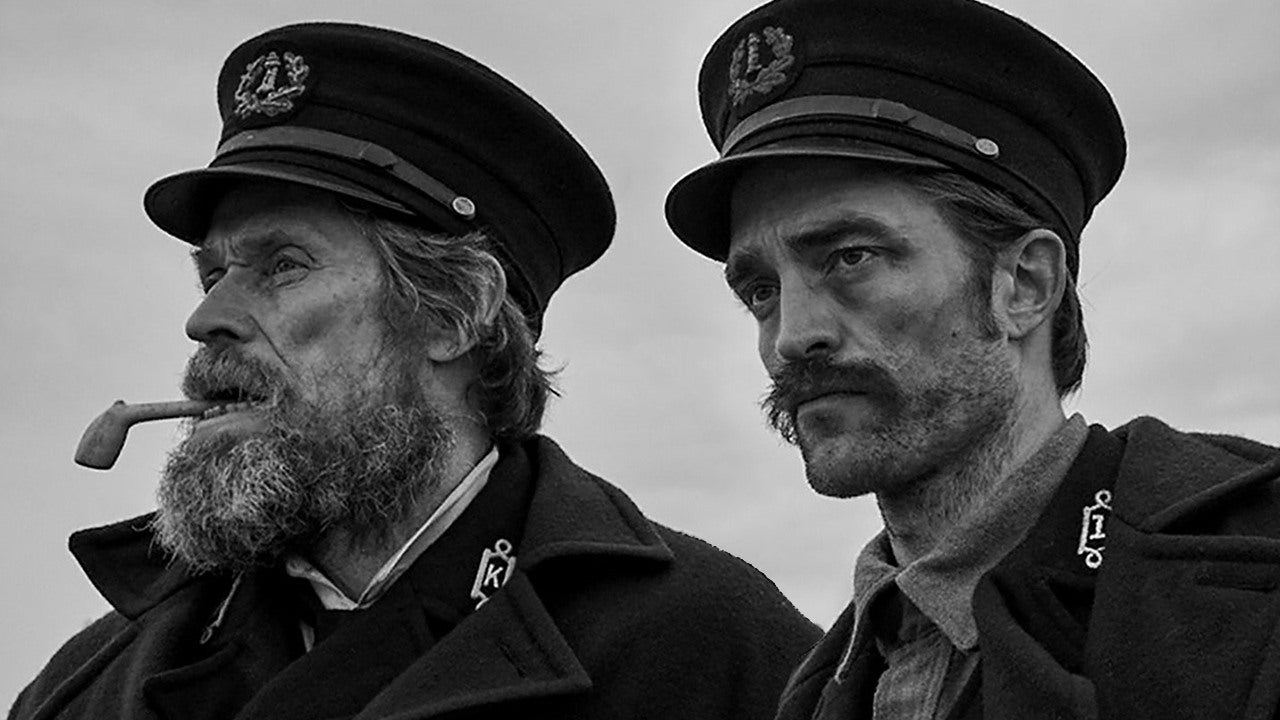
“Black and white movies are more timeless than color movies. The colors fade, but the emotions stay the same.” – Martin Scorsese.
Color in cinema is a detail that is typically used to convey information and create atmosphere. However, a black and white palette opens up an entirely different dimension, where each frame is filled with depth, contrasts, and symbolic meaning. The absence of color doesn’t limit a film; instead, it allows directors to focus on emotions, mood, and the essence of the narrative.
Over time, cinematography technologies undergo constant changes, and modern directors have a wide range of possibilities to realize their cinematic ideas. Yet, in the sea of vibrant and saturated colors that engulf modern films, black and white cinema maintains its allure and status as a unique art form.
In this context, we invite you to immerse yourself in the captivating world of 21st-century black and white aesthetics, as we present unforgettable works in which directors boldly return to the roots of cinema. And once again affirm that Martin Scorsese is right!
1. The Man Who Wasn’t There (Joel Coen and Ethan Coen, 2001)
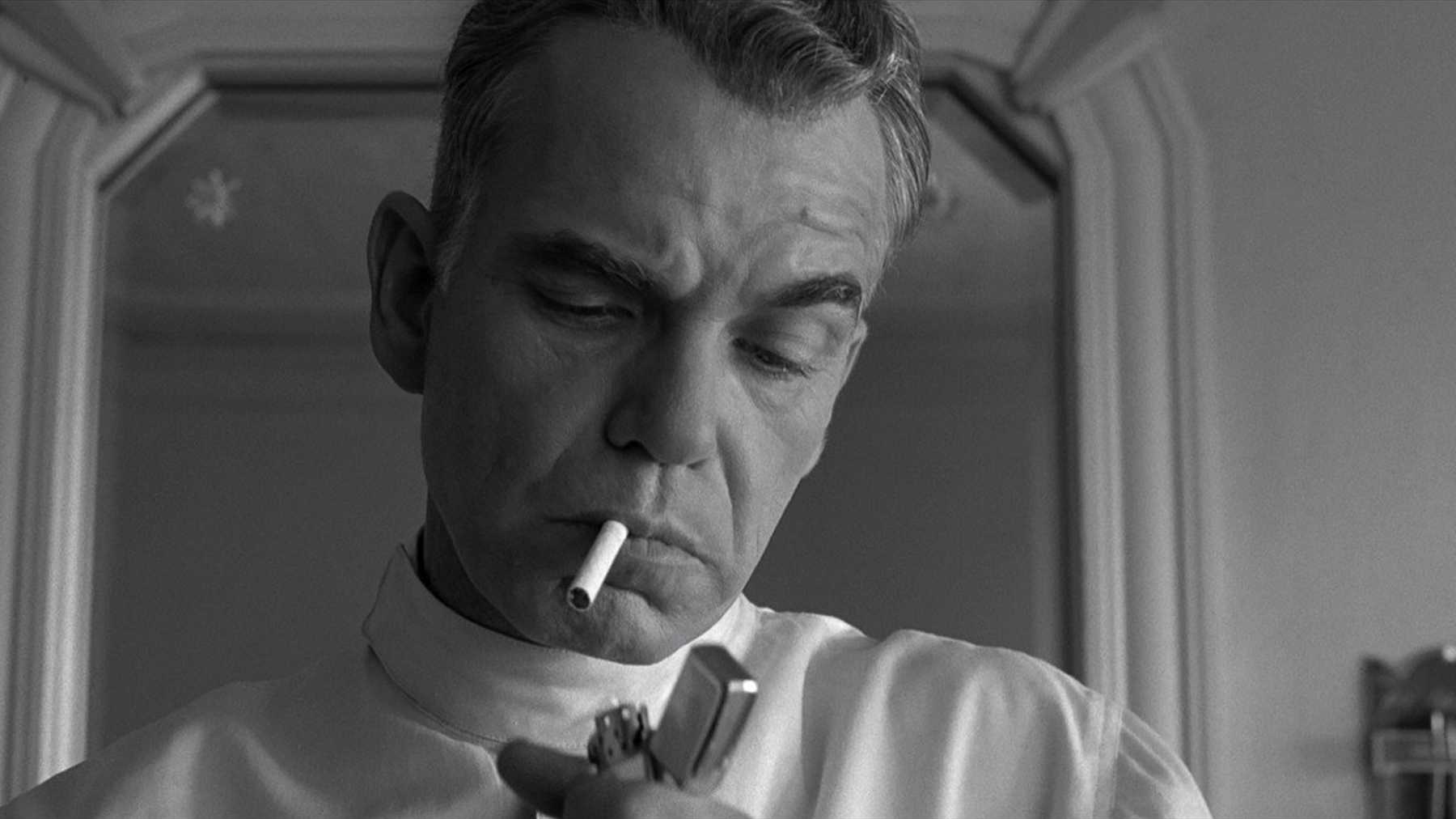
The 21st century in the world of cinema began with one of the most important black-and-white films of modern times. The Man Who Wasn’t There created by the directorial duo of the Coen brothers, is a remarkable example of how black-and-white aesthetics can craft a unique cinematic masterpiece.
In this noir gem, the Coen brothers expertly blend visual beauty with narrative depth, capturing the viewer’s attention through their originality and stylistic finesse, as well as the talented performances of the actors. The carefully chosen black-and-white palette becomes an integral part of the film’s artistic concept, permeating each frame with graphic expressiveness and a retro atmosphere reminiscent of 1949, the time in which the story unfolds. The monochrome treatment intensifies the contrast and depth, creating visual images of unparalleled emotional power.
At the center of the narrative is an ordinary barber named Ed Crane, hidden from the eyes of the ordinary citizen. Yet, it is precisely in this hidden status that his strength lies. The directors adopt an unconventional approach, exploring the world through the eyes of a person who may not even exist. The Coen brothers skillfully manipulate the technical aspects of black-and-white cinematography, creating unique frames through the interplay of light, shadow, and composition. They also play with the viewer’s expectations, leading them on unexpected twists and prompting contemplation of the delicate boundaries between reality and fantasy.
Therefore, if you are ready to delve into a film that transcends conventional genres and delves into profound philosophical questions, The Man Who Wasn’t There deserves your attention. This film is a must-watch for cinema enthusiasts seeking a deeper immersion into the world of classic noir. Brace yourself for a dizzying journey into a realm of surprises, secrets, and revelations.
2. From What Is Before (Lav Diaz, 2014)
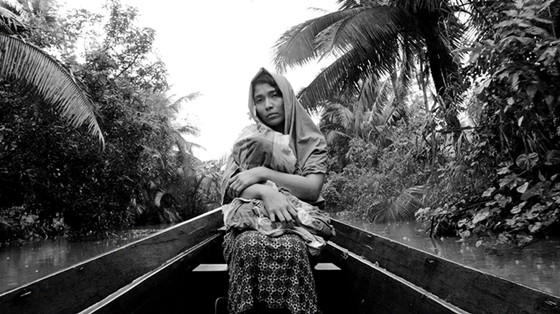
Ranked second on the list, but not in terms of importance, is the film From What Is Before. This remarkable work of Philippine cinema captivates with its unconventional form and cinematic expressiveness. Under Diaz’s guidance, this black-and-white masterpiece stretches over a staggering duration of six hours, immersing all of us in a gripping epic.
What? A whole six hours? – No, just six hours!
Lav Diaz’s experiments with film duration have become his trademark. The director’s longest film to date is Hele sa Hiwagang Hapis (A Lullaby to the Sorrowful Mystery), released in 2016. This film has a duration of approximately eight hours, making it one of the longest films in contemporary cinema, and From What Is Before is no exception.
This work captures attention to its original approach and profound exploration of historical and social themes. The film leaves an unforgettable impression, becoming a subject of discussion and research. From What Is Before narrates events occurring in a village on the island of Luzon before the declaration of martial law in 1972. Through in-depth analysis of the social, political, and economic challenges faced by the characters, Diaz explores complex relationships that permeate community life.
The director intentionally chose the black-and-white style to create a distinctive aesthetic and atmosphere that aligns with the artistic vision of the work. Using a black-and-white palette helps enhance emotional impact, accentuates tonal richness and contrasts, and creates depth and texture in the imagery. This style is often associated with classic and auteur works in cinema and can evoke a sense of nostalgia or temporal detachment. Thus, the black-and-white aesthetic in the film From What Is Before serves not only as a visual choice but also as a crucial component of its artistic form, aiding in deepening its thematic significance and unveiling the director’s artistic vision.
From What Is Before is a complete cinematic journey that reaffirms Lav Diaz’s talent for creating unique and poignant works of art. This film reflects the power of cinematic language and its ability to delve into complex themes relating to the human experience.
3. Hard to Be a God (Aleksei German, 2013)
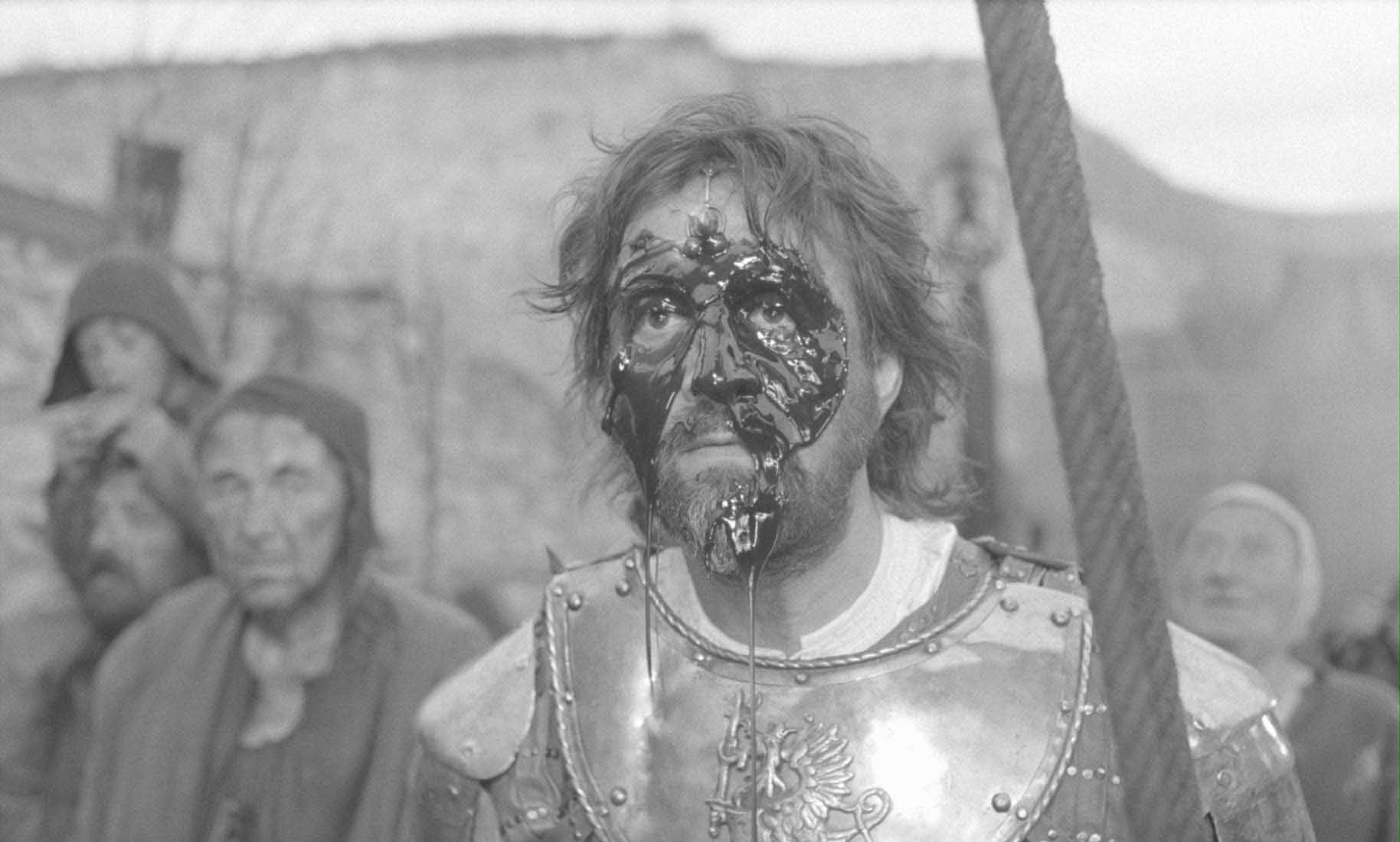
Hard to Be a God is a film directed by Aleksei German, based on the novel of the same name as the Strugatsky brothers. This visually stunning masterpiece unfolds the story of a group of scientists from the future who journey to a planet similar to Earth, only to find themselves amid the medieval era. The protagonist, Anton, assumes the role of an observer, forbidden to interfere with the events but tasked with meticulously documenting the societal development.
A notable feature of Hard to Be a God is its black-and-white style, a deliberate choice made by the director, as various filmmakers on our current list have done. Aleksei German actively experimented with visual effects and framing to create a unique aesthetic for the film. The black-and-white palette stresses details and contours, adding depth and dimension to each frame. Compositionally, the use of long shots and intricately filled frames imbues the film with a sense of three-dimensionality, immersing the viewer in the atmosphere of the Middle Ages.
The choice of black-and-white eliminates the subjective element that color could introduce. This imparts objectivity to the observer’s perspective, emphasizing their role as an impenetrable onlooker. Such visual representation enhances the viewer’s profound immersion in the film’s atmosphere and effectively conveys the complex emotional and aesthetic nuances of medieval society.
Ultimately, the black-and-white style in Hard to Be a God not only possesses artistic allure but also serves as a vital instrument for capturing the atmosphere, intensifying emotional impact, and establishing a connection with classical cinema. This choice is a testament to Aleksei German’s distinctive directorial style, making the film a unique and memorable masterpiece that will linger in the minds of audiences for a long time.
4. Embrace of the Serpent (Ciro Guerra, 2015)
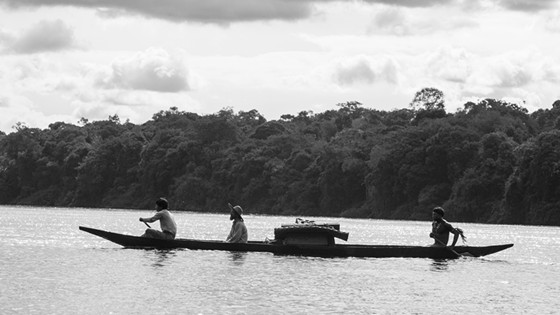
Embrace of the Serpent is a film created by the outstanding Colombian director, Ciro Guerra. This artistic masterpiece has captured global attention with its originality and impressive cinematography. Immersed in two parallel stories, Embrace of the Serpent unveils the extraordinary world of the Amazon and its mysteries, allowing the audience to fully immerse themselves in the realm of wild nature and comprehend the complexities of cultural interactions explored in the film.
Guerra made a bold artistic decision to forgo the conventional color format and opted for a black-and-white palette to enhance the effect of a mystical and enigmatic atmosphere. This daring choice aimed to deepen the visual impact and amplify the psychological depth of the film, becoming an integral part of its success. Thus, the black-and-white style of Embrace of the Serpent became a visual manifesto, an audacious experiment, and a testament to the art of cinematography. It creates contrasts and plays with texture, infusing depth and emotional richness into every scene while helping to express emotions, underline ideas, and intensify the impact of the story told on the screen. Embrace of the Serpent is an embodiment of the director’s great cinematic talent and unique vision. It astonishes with its beauty, depth, and originality, leaving an indelible mark on the history of filmmaking.
Therefore, Ciro Guerra’s film is an exceptional work of cinematic art that captivates with its black-and-white aesthetics, superb performances, and profound exploration of relevant themes. It stands out with its uniqueness and makes a vibrant contribution to the world of cinema. Embrace of the Serpent has rightfully earned acclaim from critics and audiences alike. The film truly mesmerizes with its cinematographic beauty and profound exploration of colonial themes that will linger in your thoughts for a long time.
5. The Lighthouse (Robert Eggers, 2019)
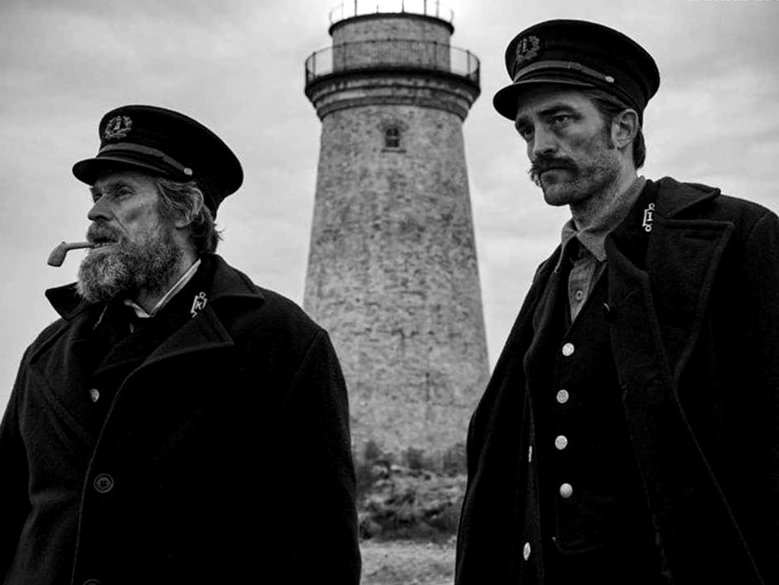
About the film The Lighthouse by director Robert Eggers, which became a true sensation in 2019, people still cannot stop discussing it. It is arguably the most popular black-and-white film of the 21st century. Let us revisit why it’s so remarkable! The Lighthouse is not just a film about sailors and the enigma of a lighthouse. It is a visual exploration of the depths of the human psyche and a surreal journey.
The film is infused with symbolism and metaphors that inspire viewers to explore hidden meanings and interpretations. One key aspect of the film is its allegorical nature. Life and existence can be symbolized by The Lighthouse in this interpretation. The lighthouse becomes a symbol of enlightenment, thirst for knowledge, and pursuit of truth. The journey of the main characters becomes a path of self-discovery and the unraveling of hidden secrets.
Robert Eggers skillfully employs imagery and sound design to create an atmosphere of surrealism and dream-like sequences. Scenes with sea monsters, hypnotic moments, and hyperbolized characters immerse viewers in a world of fantasy and mystique. The director plays with framing, angles, and editing techniques to create disharmony and disorientation among the audience.
The black-and-white color palette enhances the effect of the metaphorical imagery. Black emphasizes darkness, mystery, and secrecy, while white symbolizes light, insight, and truth. By combining these two colors, the film’s metaphorical content is emphasized and an aesthetic harmony is achieved.. Black and white become symbols of light and darkness, good and evil, exploring the contradictions and dichotomies of human nature.
The Lighthouse is a film that pushes viewers to the boundaries of reality and fantasy. Despite its eccentricity and enigma, it sparks discussions and analysis among the audience. The film can be interpreted differently depending on personal experiences and perceptions. It prompts contemplation about the meaning of life and invites exploration of the depths of one’s own thoughts and emotions.
Robert Eggers’ film is a bold experiment in cinema that opens new horizons and brings diversity to the film culture. It highlights the importance of form and symbolism in creating art, as well as the ability of a film to evoke emotional and intellectual responses from viewers. Therefore, The Lighthouse is an extraordinary cinematic journey into the world of symbols and metaphors, challenging our notions of reality and stimulating contemplation about the profound aspects of human nature. It is a film that leaves a lasting impression and fills the void with unconventional imagery and ideas.